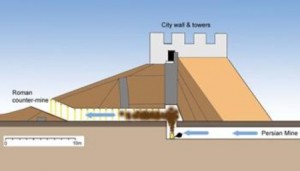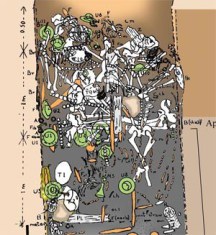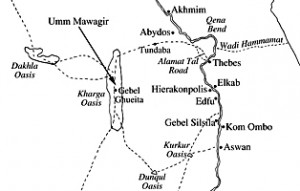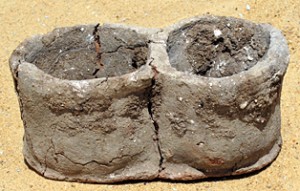People suffer from stereotypes everyday. No matter what race, gender, or ethnicity a person may be, society tends to develop stereotypes against different groups of people. Homeless people, unfortunately, have suffered a great deal from stereotypes. I know that when I think of a homeless person, my image is someone in old, dirty, beat-up clothing who is sitting on the sidewalk of the city streets next to a can and a cardboard poster asking for money. After the screening of this movie, I now realize that not everyone who is homeless lives like that. Many people who are homeless do not have a place to call their home for an extended period of time. Inocente, a 15-year-old girl from San Diego, is an example of someone who is homeless, yet does not fit that description stated previously.
The story of this 15-year-old girl’s life is one that is truly inspiring and powerful. The MTV documentary, Inocente, goes through the extremely difficult life that this young girl has already had to encounter, yet somehow has been able to find the positive through it all. At only the age of 15, Inocente is someone that many people throughout this world should look up to as an individual. Despite her surroundings and lack of childhood, she never loses sight of her dream to become an artist and never loses hope in herself.
Inocente is an undocumented immigrant from a broken household who has been without a permanent home for the past nine years. She is a victim of domestic violence who, now because of that, is without a father figure in her life and is left with a mother who she is not emotionally disconnected from. Prior to viewing the film, I thought that her paintings and artwork were going to be very dark and gloomy, as anyone would expect from someone who has gone through pain of such great magnitude. However, after the screening I was amazed at how Inocente uses a multitude of vibrant colors in her artwork which reflects nothing of what her past would look like on a canvas. Her mind pictures mini cyclops creatures and fantasy worlds which are created out of bright colors.
Going back to the topic of stereotypes, society tends to discriminate against the homeless because they add little value to the world so to speak. Not many people would think and believe that someone who is homeless possesses unique skills. Inocente is an individual who has an enriching personality, sweet heart, and the vision and ability to create vibrant and colorful works of art. As a result of this documentary being created, she had her own art show in NYC in which every single piece of art displayed was sold, except one that she had kept for herself. This just goes to show that one never knows what skills a certain individual may possess, so to stereotype against them is unfair.

One of the rooms of Inocente’s first ever art show in which all but one works of art sold. The one that did not sell she kept for herself.
The story of Inocente is one that society should look at and rethink how they form stereotype and opinions against different groups of people simply because of a title they may have adopted over the years. It may not be someones fault why they are where they are in present time, and it is no ones business to judge against anyone. The documentary does an incredible job portraying this. Inocente will never be able to get rid of the memories of what her life was like in the past, yet her future is brighter then ever. She is now living on her own at age 19 in an apartment in NYC and continues to create colorful and vibrant artwork. Despite all of the obstacles that Inocente has encountered in her life, she has never let them slow her down from becoming the person she is today and will be in the future.
References:
“Inocente” the MTV documentary
Further Reading:
http://insidemovies.ew.com/2013/02/26/inocente-homelessness-oscars-best-documentary-short/
http://www.impatientoptimists.org/Posts/2013/09/Inocente-A-young-artists-journey-through-homelessness
http://www.nytimes.com/2012/08/16/arts/television/inocente-izucar-documentary-on-mtv.html?pagewanted=all&_r=0






